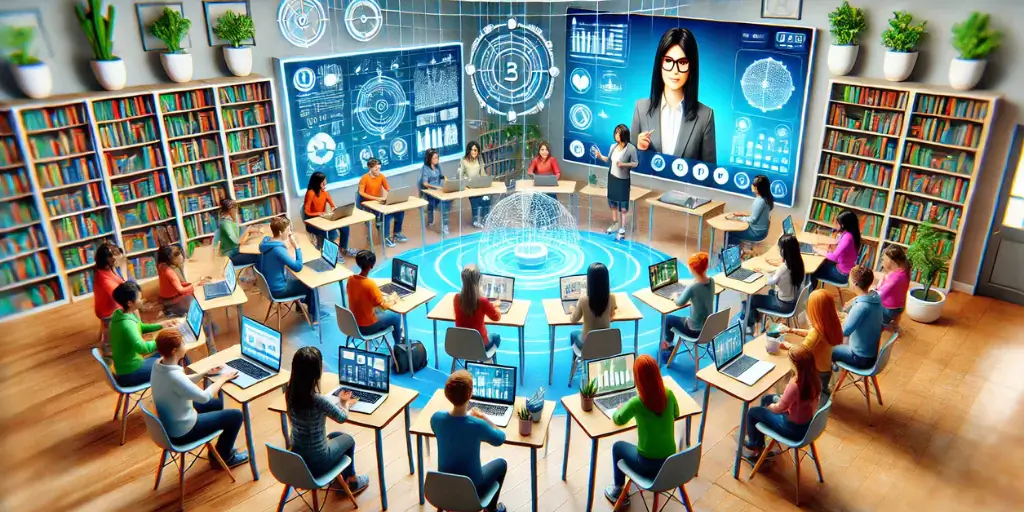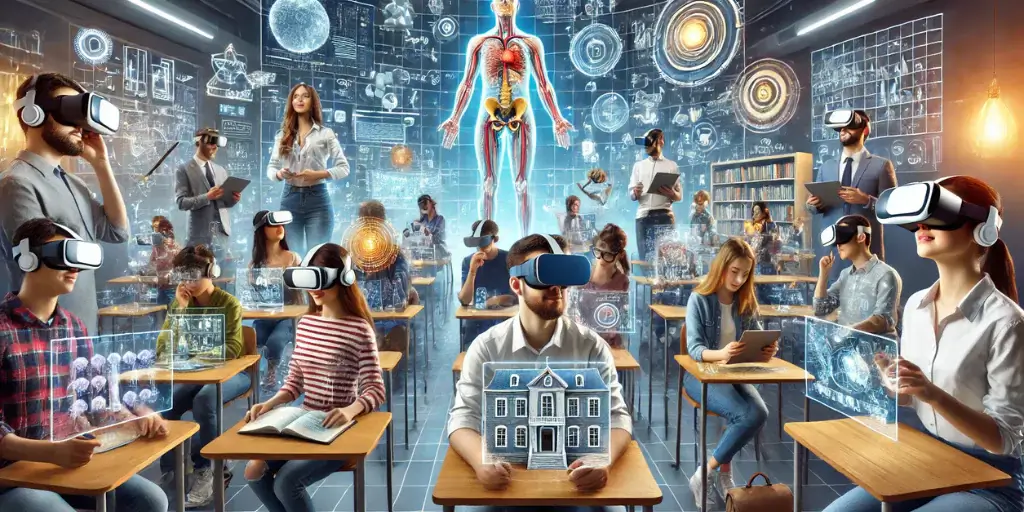Recently updated on November 20th, 2024 at 07:09 am
An online learning environment that facilitates communication, interaction, collaboration, and idea explanation between teachers and students is called a virtual classroom. As long as both students and teachers have a dependable internet connection, they can interact with excellent teachers from anywhere in the world through a virtual classroom.
What sets apart a virtual classroom from an online one?

“Virtual classroom” and “online classroom” are sometimes used interchangeably, but they have distinct meanings. A virtual classroom often consists of real-time interaction between students and teachers via live video conferencing or synchronous activities. It seeks to emulate the dynamics of a traditional classroom setting, focusing on live instruction, instant feedback, and interactive interaction.
Virtual classrooms frequently include tools such as virtual whiteboards, breakout rooms, and live chat to help members collaborate and communicate. They place a high value on generating a sense of presence and community, as well as encouraging active engagement and peer interactions.
While online classrooms can feature interactive aspects, they may place less emphasis on live instruction and synchronous activities. Overall, the differentiation rests in the degree of real-time contact, interactivity, and emphasis on presence. Virtual classrooms closely resemble traditional face-to-face learning environments in the online realm.
What does the phrase “virtual classroom” mean?
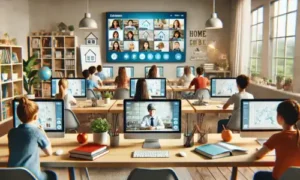
A virtual classroom is an online setting for instruction and learning where instructors and students can share course materials, collaborate in groups, and engage and communicate with other participants. The primary differentiation of a virtual classroom lies in its real-time, synchronous environment.
The phrase “virtual classroom” refers to an online learning environment in which education is delivered remotely via digital technology. In a virtual classroom, students and teachers engage in real-time or asynchronously to participate in a variety of educational activities such as lectures, discussions, and collaborative projects. Virtual classrooms often use video conferencing software, e-learning platforms, or a combination of the two to allow communication and course delivery.
These platforms enable users to participate in live video conferences, and chat discussions, and access multimedia resources like presentations, films, and interactive exercises. The virtual classroom experience seeks to emulate the interactive and collaborative characteristics of traditional face-to-face learning environments while making use of the flexibility and accessibility of online education. It enables students to take lessons from anywhere with an internet connection, breaking down geographical barriers and accommodating diverse learning needs.
Why is the class virtual?

An online learning environment that facilitates communication, interaction, collaboration, and idea explanation between teachers and students is called a virtual classroom. As long as both students and teachers have a dependable internet connection, they can interact with excellent teachers from anywhere in the world through a virtual classroom.
Classes can be held virtually for various reasons, all driven by the benefits and requirements of online education. First and foremost, virtual classrooms provide exceptional accessibility, allowing students to engage from any location with an internet connection. This flexibility is beneficial for learners with geographical constraints since it allows them to receive education without having to travel to a campus or classroom physically.
Virtual classes also offer scheduling flexibility, allowing students to accommodate a variety of commitments such as jobs, family duties, and personal activities. The virtual format also encourages inclusivity by reducing barriers associated with physical disability or mobility limits, ensuring that all students have equal opportunities to participate in learning.
What does the term “online learning environment” mean?
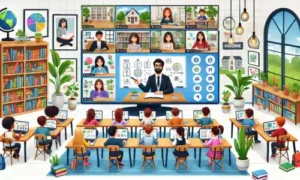
An online setting for instruction and learning, a virtual classroom allows both teachers and students to provide course materials, collaborate in groups, and engage and communicate with other participants. Its live, synchronous environment is the primary differentiator of a virtual classroom.
The term “online learning environment” refers to a digital arena in which educational activities are conducted wholly or partially using internet-based technologies. It includes a variety of platforms, tools, and resources meant to help students study and connect with teachers and course materials. Students in an online learning environment can access educational content, participate in discussions, complete assignments, and communicate with classmates from anywhere with internet access.
Online learning environments frequently include multimedia components such as films, interactive simulations, and gamified activities to improve engagement and comprehension. Overall, “online learning environment” refers to the digital infrastructure and resources that enable remote education, providing a dynamic and adaptive platform for teaching and learning in today’s interconnected world.
What is the rationale for taking lessons virtually?

An online setting for learning where instructors and students can converse, engage, work together, and clarify concepts is called a virtual classroom. Students can interact with excellent teachers from anywhere in the world through a virtual classroom—as long as they both have a dependable internet connection.
The reasoning behind taking courses electronically arises from the several advantages it provides in terms of accessibility, flexibility, and efficacy. For starters, virtual learning eliminates geographical restrictions, allowing students to access education from any location with an internet connection. This accessibility is especially beneficial for students living in remote places or who have limited mobility. Second, virtual lessons allow learners to schedule their education around other commitments such as employment, family duties, or personal hobbies.
Furthermore, virtual learning’s versatility makes it resilient in the face of disturbances such as pandemics, natural disasters, and catastrophes, guaranteeing that education continues regardless of external circumstances. Overall, the rationale for taking courses remotely resides in its ability to overcome accessibility hurdles, provide flexibility, offer diverse learning options, and adapt to evolving educational needs and circumstances.
How Virtual Classrooms Operate and What They Are
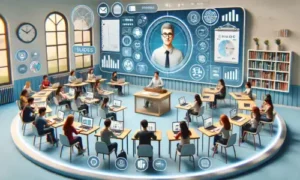
Virtual classrooms are online spaces that mimic traditional classroom settings through the use of web resources to facilitate distant interaction between teachers and students. They run using specialized e-learning software or video conferencing services like Zoom.
Teachers can deliver live lectures, lead conversations, and organize activities with the help of these systems that encourage real-time communication. With interactive features like breakout rooms, screen sharing, and whiteboards, virtual classrooms encourage student participation and teamwork.
They facilitate instruction in synchronous (where learning happens concurrently) and asynchronous (where students learn at their own leisure) formats. In virtual classrooms, community building, accessibility, and diversity are given top priority. They offer a versatile and easily obtainable method of instruction that surpasses distance constraints and accommodates a range of educational requirements.
Conclusion
Mastering the virtual classroom entails more than just navigating digital platforms; it’s also about using technology to create engaging, inclusive, and successful learning experiences. Educators may build a lively virtual environment that mimics the dynamics of a typical classroom by including interactive technologies, encouraging cooperation, and delivering personalized feedback.
As virtual classrooms expand, they provide unprecedented opportunities to cross geographical borders, enhance accessibility, and foster a worldwide community of learners. Educators can genuinely master the virtual classroom and unleash the full potential of online education for the benefit of all learners by putting in the effort, being creative, and committing to excellence.


